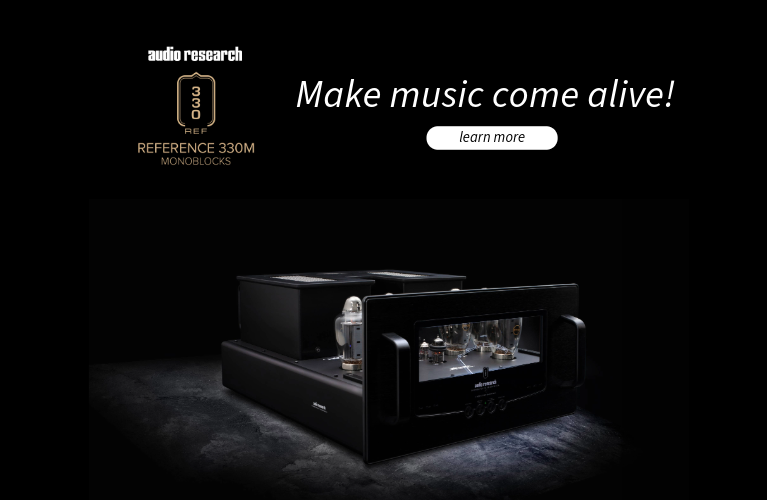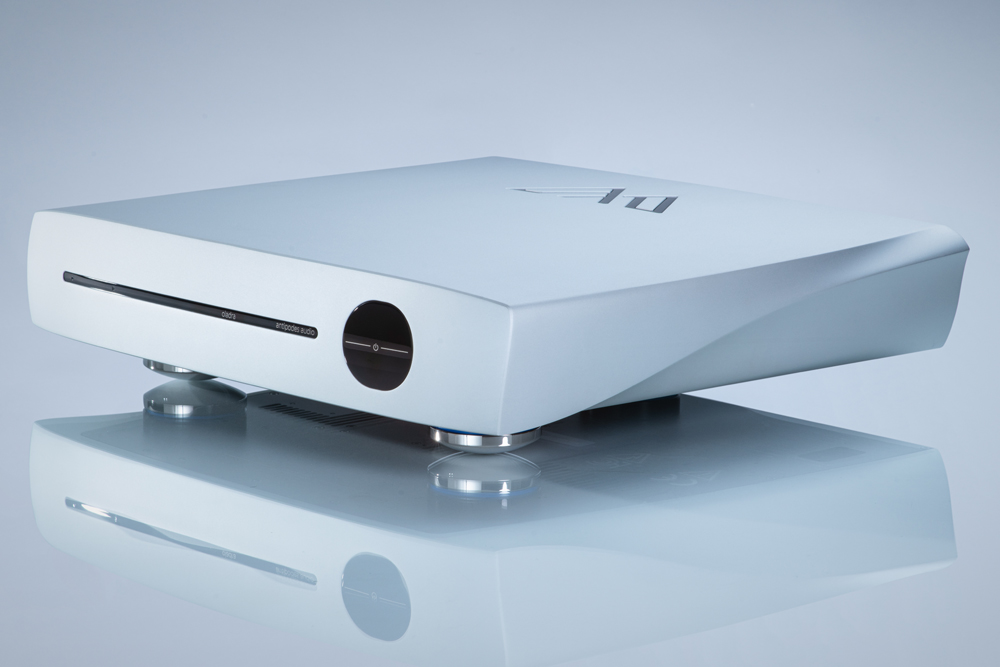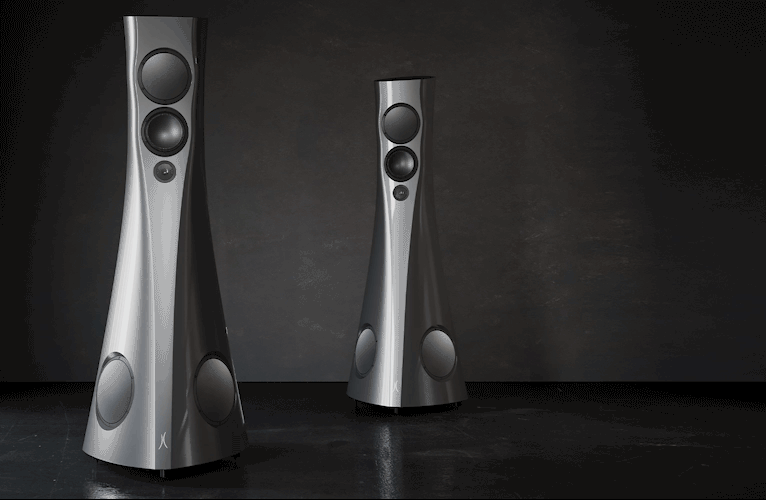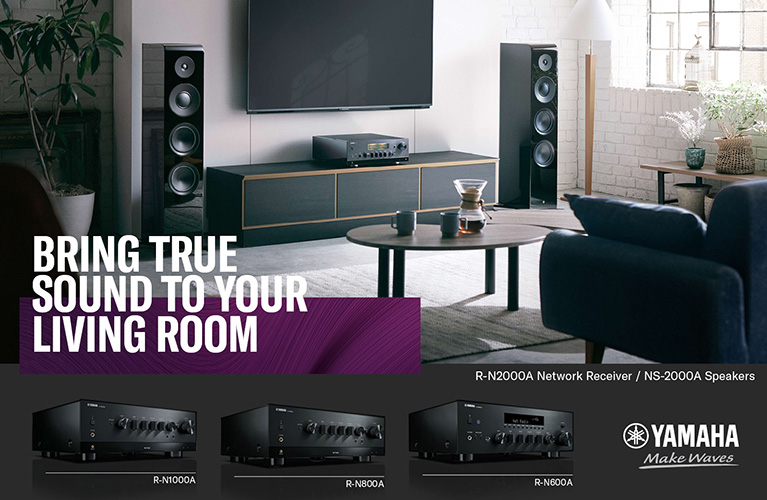Until relatively recently, configuring computer audio playback was fraught with a whole lotta issues which could, even to the higher than average aptitude individual, bring on knife-point migraines. First, you almost needed an IT doctorate to configure the various handshakes between software, drivers, hardware and both LAN and global networks. Then, there was the scarcity of music service providers and playback software options, with available solutions being laughable in terms of features, metadata provision, and functionality when compared to modern alternatives. And sound quality? Let’s not even go there. However, in the last few years, things have powered along like a snowball tearing down a K2 black piste. Now, the space is populated with numerous brands and innovative, high performance products. Not to mention the plethora of streaming and file providers. Since 2004, Antipodes Audio has been continually refining its digital player concepts. Recently, it expanded its portfolio with Oladra, a flagship component bearing the company’s full suite of design and engineering skillsets.
Kia Ora, Easy As
Antipodes Audio is headquartered on New Zealand’s stunning Kapiti Coast. Alongside Australia, New Zealand is at the antipodes of Britain, in other words, it’s at the globe’s furthest point from its 19th century coloniser. Despite having a population of under 5.5 million, the country has established itself as a significant player in the audio industry producing several prominent and globally successful brands. You know the cliché “punching way above its weight”. Notable examples like Perreaux, Plinius, The Wand, Pure Audio and more recently Java Hi-Fi should ring a sonorous bell to any audio enthusiast worth his/her mettle. That’s no mean feat, given the breathtaking distractions provided by New Zealand’s natural splendour akin to the Fjords of Norway. Indeed, could the sheer sensory pleasure and winter/summer sport opportunities have hindered audio industrialisation?
I’ll get this out of the way now. The Antipodes Audio Oladra was the fastest and easiest server I’ve ever had the pleasure to install. Literally, after connecting to the network and then to my Totaldac tri-unity digital-to-analogue converter, I was up and running within a couple of minutes. No exaggeration. Two minutes. How’s that for user experience?
Yep, setup was only a matter of firing up the free ‘My Antipodes’ app (iOS and Android) which found Oladra within my network. In turn, Oladra found my Roon Core almost simultaneously and we were ready to rock. Tout suite. As part of the process from there, the latest AMS app- and web-based management interface brings you to My Antipodes’ ‘Solution Dashboard’ where you’ll find a step-by-step guide to setting up Oladra for optimum performance within the context of your system.

There, you can set the playback method whether Roon, Signalyst’s HQPlayer, Shairport (Apple Airplay 2 for Linux), MPD, Squeeze, and other variations thereof. I’m a Roon kinda guy, I love the interface, and I’m fully setup with an extensive music library, a bunch of my own custom genre tags, and bespoke playlists. So, Roon it was for me as far as playback software.
The app also offers options for selecting the audio output path (USB, Digital or Analogue Audio) and the DSD handling methodology (Native, DoP or None). The ‘Additional Guides’ tab will option Updates, Warranty, and manual setup choices. Advanced Dashboards digs down deeper for more nuanced options and also presents comprehensive system diagnostics.
In terms of connectivity, the options are comprehensive. From left, you have a BNC Word Clock connection, AES/EBU via XLR, and a trio of S/PDIF sockets offering BNC, RCA coaxial and Toslink optical. I2S options are via RJ45 and HDMI ports, while above them is a dedicated USB-A output for audio. Another set of ports provides RJ45 (2.5 Gigabit) and USB-A network options, an identical set of ports for direct streaming and twin USB-A and HDMI for servicing.
There are four separate processing stages onboard Oladra. The server section/computer features 64GB of RAM on a “high-power V7H Platform”. The server talks to the player via an ultra-high speed link. Oladra’s player computer features Antipodes Audio’s “Mid-Power V7X Platform” with 8GB of RAM. A galvanically isolated transmission interfaces with Oladra’s in-built Reclocker which features its own regeneration and clocking stages. These are referenced to oven-controlled, ultra-low phase error femto-second clocks prior to outputting to your system’s digital-to-analogue converter. The Reclocker is managed via FPGA and the scheme also features graphene super-capacitor smoothing.
On the rear panel you’ll also find three expansion disk slots offering generous onboard storage of up to 24TB. That would be one helluva music collection. The review sample was provided with a Samsung 1TB SATA 2.5 inch drive in the ‘Disk 1’ slot. While Disk 1 came pre-installed, the hard drives are user installable and the simple process does not require tools. I also ripped a few CDs in order to test Oladra’s ease of use and again it passed muster with flying colours. While ripping the CDs, it recognised the metadata reasonably quickly, even though as stated, the process undergoes thorough error correction stages.
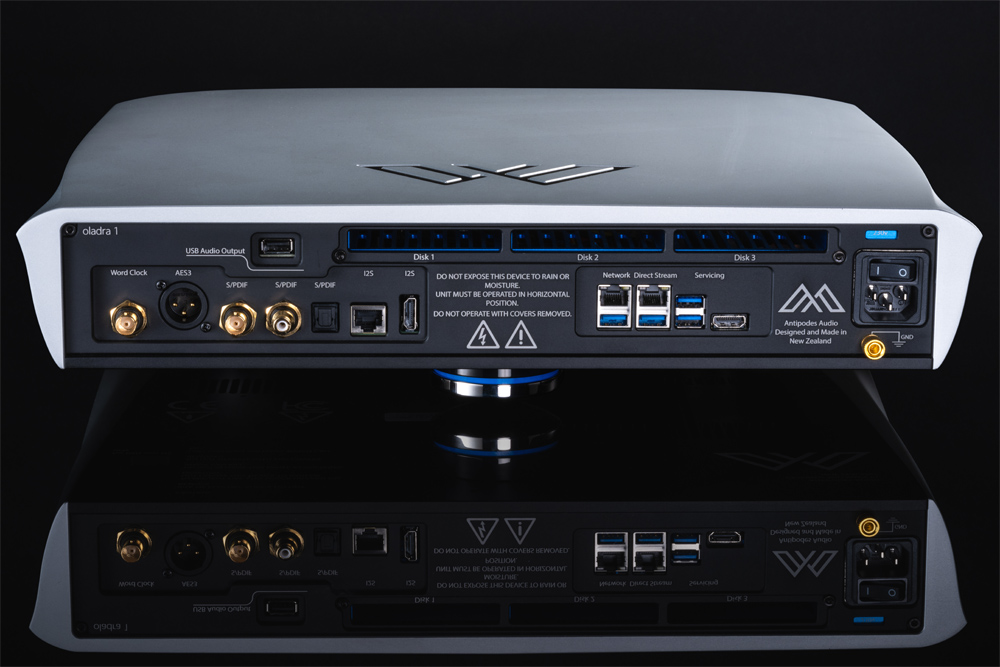
The Oladra Music Server/Streamer caters to wide playback resolutions across its various connectivity options. Starting with the USB 2.0 output, Oladra is capable of 32-bit/768 kHz PCM, DoP up to DSD256 and native DSD up to DSD512. The S/PDIF connectors (BNC, RCA and Toslink) cater to 24-bit/192 kHz and DoP up to DSD64. The AES/EBU (AES3) XLR option offers 24-bit/192 kHz PCM and DSD64 via DoP. Finally, the HDMI and RJ45 I2S options are capable of 32-bit/384 kHz PCM, DoP up to DSD256 and “configurable” DSD at up to DSD512.
In my opinion, Oladra is one of the most visually appealing streamers on the market. Its superbly finished chassis is precision machined from a solid block of premium alloy and weighs in at 20 kg. It’s all rounded edges and curves, with a very attractive fluid-twist curl enhancing the side panels. Oladra sits on a trio of bespoke footers, each featuring a blue-coloured rubber-like layer sandwiched between two metal sections (the lower section being mirror-like chrome) in order to provide a form of isolation from vibration. The footers look the biz while also being reminiscent of Magico MPods.
Oladra can be ordered in black or silver. The review sample came in a smooth-as-silk matt black finish which I fingerprint marked while moving it in place. My grotty imprints came off easily with a soft polishing cloth. Plus, once in-situ, you shouldn’t need to touch it again.
The only functional feature on the front panel is a large circular on/off switch. A gloss black plastic trim strip houses a green and red operating status LED light. I also liked the gloss black Antipodes Audio logo towards the rear of the top panel. Nice touch.
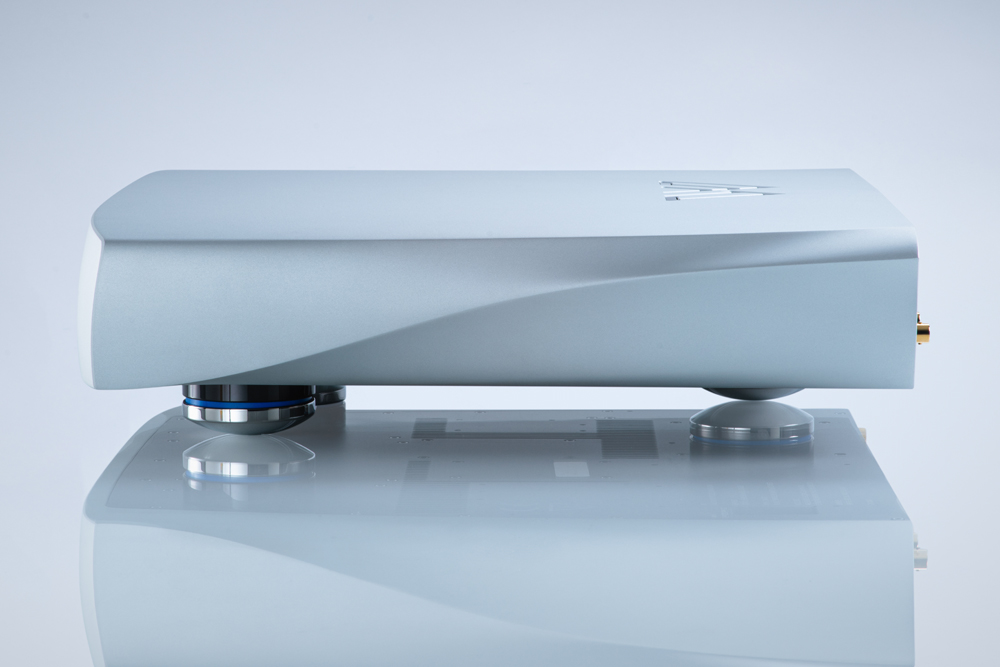
As far as support, Antipodes Audio has developed a reputation for providing excellent customer service, should it be required. In addition to troubleshooter and setup guides (including video guides) plus an active ‘AA’ user forum, the company website offers the option to book a remote support session if needed. In other words, Antipodes Audio does not leave you to your own devices if you need help. Kudos there too.
Rebel Yell
I’ll shout it again, the Oladra was the easiest server/streamer I’ve ever setup. I was scattin’ n’ jammin’ within minutes. I should mention that I sampled (pun intended) Oladra’s output both via USB and S/PDIF. In my view, the S/PDIF output through a liquid ceramic Cerious Technologies digital cable was marginally better than USB, with a somewhat tighter bass and even better musical coherence.
So… what are the kick-off aspects of sound reproduction which strike you, or that you lookout for, at first listen? Moi? It’s tonal/timbrel precision, realistic dynamics and a bighearted spatial rendition. Oladra delivered on those without a shadow of a doubt. Other important aspects of sound reproduction, some of which may also be your priorities, were delivered at top-shelf level. For me, the extras were a healthy dollop of cream on top of the overall sweetness. Yeah, given the consistency in performance across all aspects of music reproduction, Oladra can be marked as a universally satisfying digital source product.

On the mesmerising track “Last Night” on Arooj Aftab’s album Vulture Prince (Deluxe Edition), the bass intro plays with solid weight and excellent tonality. Then, the track breaks out in a reggae-esque style which showcases the drums and rhythm section while juxtaposing that to Aftab’s mellow, yet very present voice. She controls her voice with oscillations between high and low notes. Instruments and voice, the whole track gelled such that it was natural to just become engaged and captivated. This is what’s meant when audiophiles talk about musicality.
Oladra is capable of tremendous dynamic expression. The explosive drum and bass in the opening of Fiona Apple’s “Sleep to Dream” from her Tidal album was a shock when I first hit “play”. You’ll know what I mean on your first listen. It’s a big, bold and powerful intro. Fiona’s edgy and bluesy vocals were, again, super-defined despite the raucous instrumentation. Even the piano, which is used sparingly, and softly, through sections of the track, is well resolved and discerned.
Electronic artist Aparde’s “Locked” from the album Alliance jumped from subtle and atmospheric to expansive and resolute. There’s a constant click, kind of like a rim shot – but not that – which spans the entire track. Oladra played that with superb transient speed and solidity. On “Allies” the differentiation between the soft vocals, the background harmonies, and the undulating electronic undertow showed Oladra’s excellent separation of musical strands in a way which did not detract from the cohesiveness needed for this track.
Spatial qualities via Oladra are world class. In all dimensions. Mahler, Complete Recordings on Grammophon and Decca, conducted by Claudio Abbado was an all-enveloping experience. Oh, and a marathon of 246 (Yes! Two hundred and forty six) tracks recorded at a multitude of venues and four of the world’s best orchestras. Don’t do it all in one sitting! Here, Oladra rendered a soundstage of enormous proportions spanning width, height and depth. Each venue was exposed with its distinct ambience. I’m still mesmerised at how accomplished products can reconstitute the atmosphere of a large venue within the confines of a listening room a fraction of the size, while presenting an overall believable facsimile. If the components in your system are capable, Oladra will deliver.
The intimacy and tonal beauty of ensemble jazz was evident via Oladra on the superb (both musically and recording-wise) “Blues of You” from Tsuyoshi Yamamoto Trio’s What a Wonderful World album. The mix of piano, drums and bass was crystal clear, detailed, and extraordinarily coherent. Each instrument’s timbre was lifelike and so true. Oladra communicated the three musicians’ vibe with each other, their instrument, and the music overall. I lost myself in the groove and rhythm and, whether you dig this style of music or you don’t, I challenge you to blatantly disconnect. This album, Oladra, and the contextual system will grab your attention and, I’m sure, will make a convert out of any listener.
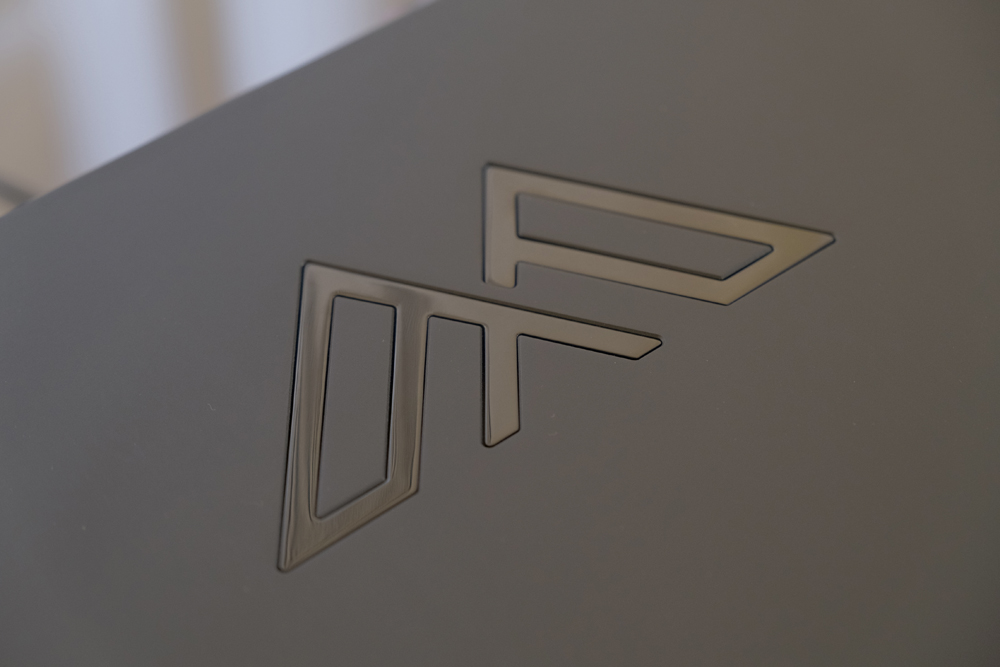
I enjoyed the power, bass slam and outright super-intensity of rockin’ tracks. As capable as it is with subtlety and nuance, as exhibited in the music I describe above, Oladra also punches with weight and dynamic expressiveness. Just spin Nirvana’s iconic “Smells Like Teen Spirit” for a balls-to-the-wall intensity which does justice to both the genre and the classic. Kurt Cobain’s raspy vocals are clearly defined above his buzzing guitar, Dave Grohl’s thunderous drumming and Krist Novoselic’s pounding bass lines, yet the whole chaotic track once again coheres into a masterful anthem of angst and unleashed rage.
OK, let’s wrap up: Oladra produced some of the best digital audio I’ve heard in my room. There’s a fluidity and a sense of coherent musicality that many digital products struggle to reproduce. Sure, I can break the individual performance aspects into the usual highs, mids, lows, dynamics, spatial qualities, tonality, etc., Oladra smashes them all to the highest levels. Ultimately, what really impressed me was its delivery of music in a way which I found captivating and engaging.
Conclusion
Antipodes Audio has matured its playback systems over a steadily evolving arc of innovative products. Oladra reaches a zenith point in engineering, hardware, and software savvy which reflects Antipodes Audio’s determination to offer the ultimate digital source.
Technology aside, Oladra boats an attractive and unique industrial design, is built to a super-high standard bearing exceptional finish and, most importantly, it performs sonically to the highest degree.
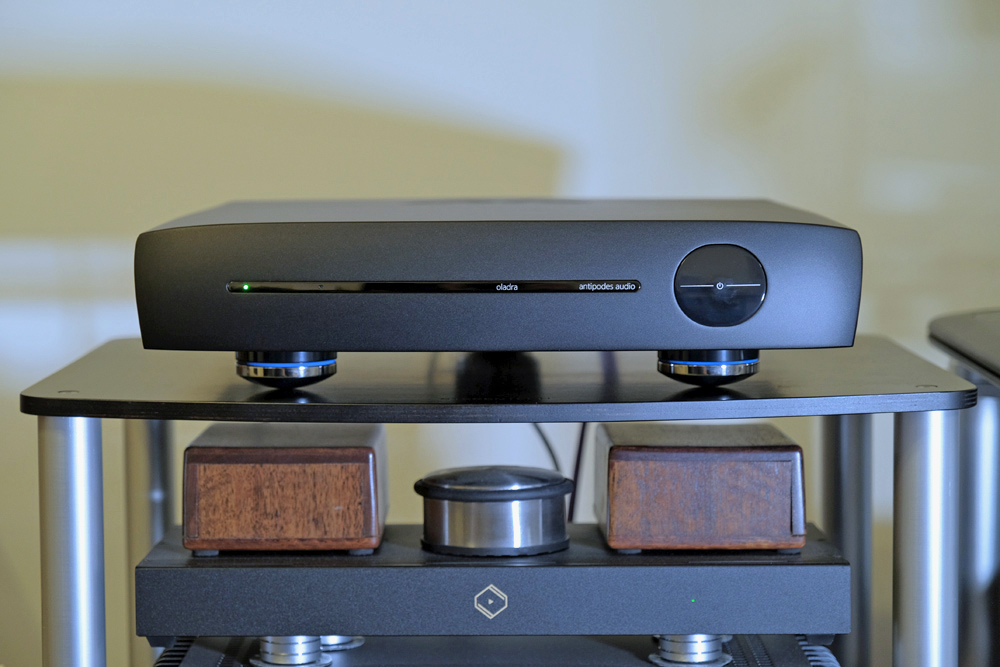
Combine those elements, give it all a nice whirling stir, and you have, sitting pretty on your rack, a modern digital playback system which is capable of riding the ever-advancing digital era tidal wave. And it does it all at the highest level of audio fidelity.
Like the land of its origin, Oladra can volcanically explode, calm you like a still glacier, and blanket you in the pleasures of sound akin to a beautifully wispy ‘Long White Cloud’.
… Edgar Kramer
This email address is being protected from spambots. You need JavaScript enabled to view it.
Associated Equipment
- Speakers — Wilson Audio Alexia V, Axis Loudspeakers VoiceBox S (nearfield monitor), Vermouth Audio Little Luccas Mk.II Limited Edition, Atacama stands
- Amplifier — Gryphon Audio Antileon EVO
- Preamplifier — Supratek Cortese, Totaldac d1-triunity (periodically, direct to amplifier)
- Sources — Digital: 432 EVO Aeon Mk.3 Reference Music Server/Roon Core, Yamaha CD-S2100 transport, Totaldac d1-triunity DAC. Analogue: Transrotor Crescendo with Konstant Studio controller, Reed 1X Tonearm with upgraded internal wiring, Shelter Harmony cartridge, The Funk Firm Houdini cartridge decoupler, Supratek Cortese & REDGUM Audio RGPH2 phono stages
- Processor — DEQX PreMate (part of arsenal/casual use)
- Cables — VYDA Laboratories Orion Silver Reference HFC IC and speaker cables, PSC Audio custom design XLR, Vermouth Audio Reference loom,Tubulus Concentus USB
- Audio Rack — SGR Audio Statement MODEL V, Aspire Audio Belgravia amplifier platform (customised for Gryphon Audio Antileon EVO), Stereotech Aluminar Dark 3-tier rack
- Acoustic Treatment — Vicoustic Multifuser Wood, Wavewood Ultra, Cinema Round Premium and Super Bass Extreme
- Miscellaneous — Silent Angel Bonn N8 Pro network switch, GigaWatt PF-1 EVO power strip, Les Davis Audio Viscoelastic CLD discs, Voodoo Cable Iso-Pods, Bocchino Audio Mecado, VRC Vinyl Record Cleaning systemplus miscellaneous accessories
Antipodes Audio Oladra Music Server/Streamer
Price: AU$47,500
Australian Warranty: Three Years or Five Years after registration via AMS Dashboard
Australian Distributor (New Zealand based): Emotion Audio
+64 612 916 6604
https://emotion.audio/
Antipodes Audio
Unit 2, 2 Ake Ake Place
Otaki 5512 Kapiti Coast
New Zealand
+64 21 310 269
https://antipodes.audio/


